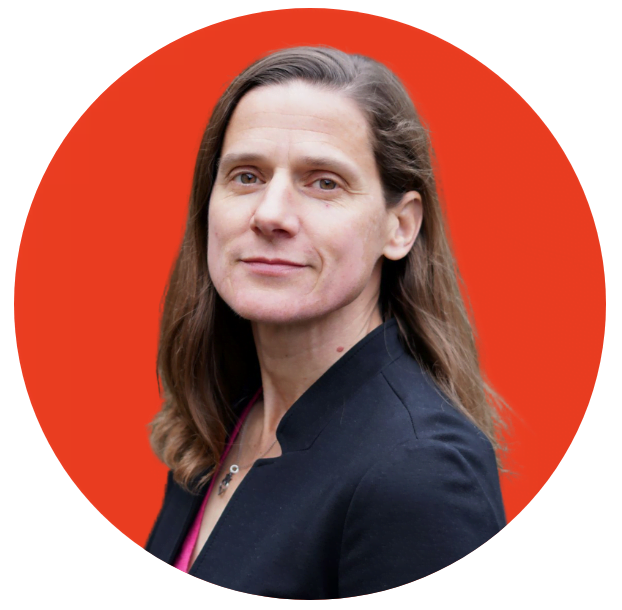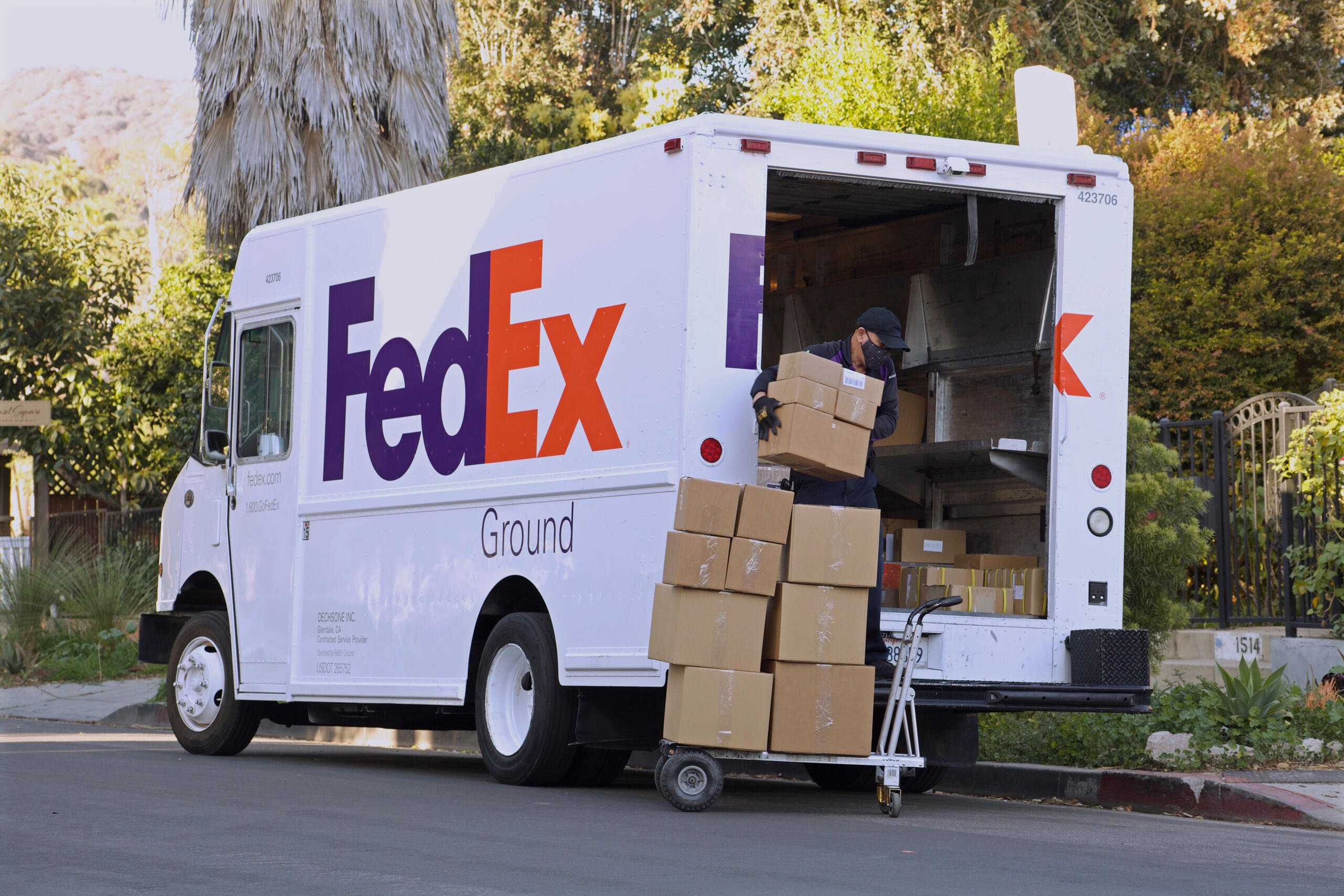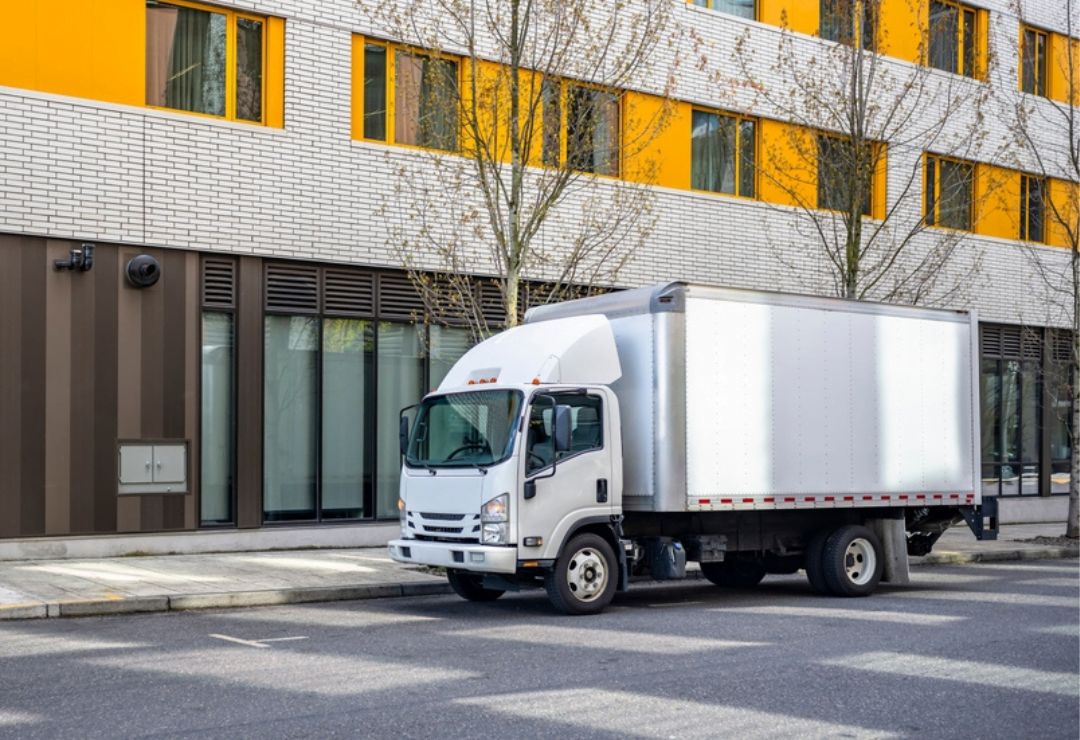The Power of the Curb
Discover how cities can enhance freight planning, reduce environmental impact, and harness the potential of innovative strategies like cargo bikes. Dr. Anne Goodchild shares insights from Seattle, explores global applicability, and discusses the crucial role of data in shaping the future of urban logistics in the US, as well as Europe.
An interview with Anne Goodchild, elaborated by Raffaele Vergnani.
To listen to the recording of the article below, please accept all cookies.
POLIS: Often, we talk about urban space in relation to passenger mobility. How can/should cities be approaching this when it comes to logistics?
Anne Goodchild: Cities should be thinking about logistics as an important function that must be considered and accommodated in urban spaces.
Currently, most cities lack programming, knowledge, and resources to carry out urban freight planning. Cities should be building capacity for freight planning through staffing, engagement activities, and building programs for data collection and infrastructure development. With the right approaches, cities can reduce the externalities of urban logistics and support more sustainable practices. By developing a better understanding of urban logistics activity and planning for logistics activities in urban space, cities can improve access to goods and services for their residents, and help make cities more livable.

Dr. Anne Goodchild, Professor of Civil & Environmental Engineering and Founding Director, University of Washington Urban Freight Lab
Research from the Urban Freight Lab has evaluated some practices with the potential to reduce the impact of urban logistics. This includes common carrier lockers, green curbs, microhubs, and cargo bike delivery. Through pilot studies, empirical data collection, and robust experiments, the work has shown the potential for these types of municipally supported strategies to reduce impacts on neighbourhoods while also providing opportunities for the industrial sector. For example, in our experiments, cargo bikes can reduce emissions from regional facilities by about one-third. Of course, the impact of each of these strategies depends on local conditions and local behaviour. However, municipalities can have a positive impact.
POLIS: In your research study you investigated an unexplored relationship between curb activity and establishment type: what are the main findings from your work conducted in Seattle?
Goodchild: In our study, we compared two datasets from Seattle; a) curb events measured by sensors and b) freight trip generation estimated by an establishment survey. Blocks receive about 500 vehicles per week according to the curb sensors (although there is a high variance).

Dr. Anne Goodchild inaugurates the Urban Freight Lab’s Seattle zero-emissions Neighborhood Delivery Hub. Credit: Urban Freight Lab
The mean number of trips per establishment per week is about 10 (again, there is a very high variance). Each additional weekly freight trip associated with the total group of properties on a given blockface will result in significantly more parking events per week on the same blockface. On average, about 8 times more, but for some establishment types this can be 10-20 times more. In short, there is not a one-on-one relationship between the freight trip generation and the observed curb use. Given the data collected, FTG underestimated commercial curb use; the estimated FTG contributes, on average, 24% to the observed parking events at commercial curb spaces.
This means that trip generation estimates undercount curb events by almost an order of magnitude. Freight trip generation estimates cannot be used as curb even generators.
POLIS: Are your model and approach applicable also to a European context (for instance, to denser settlements with different regulations than the ones applied to American cities)?
Goodchild: I certainly expect that parking events at the curb will be larger than the number of expected freight trips generated. However, the nature of this difference should be further studied. More experiments should be conducted – in North America, Europe, and other regions, to evaluate the relationship and how this might vary for different built environments and transport patterns.
We are confident that the difference between FTG and curb events is not unique to Seattle.
POLIS: Data and knowledge are essential to improve logistics planning. What are the main challenges for data collection and deployment for cities today?
Goodchild: Although we have the possibility of much data being made available through sensors and digital systems, installing sensors, acquiring, managing, and interpreting data, are still very costly. All cities are resource-constrained and are allocating those resources across competing demands.
In addition, as mentioned above, many cities do not have sufficient capacity to do urban freight planning, nor do they have the knowledge and expertise in-house. This puts freight planning at a disadvantage when compared with other modes.

FedEx delivery in Los Angeles. Credit: Elliott Cowand Jr, Shutterstock
An alternative pathway is to obtain data directly from private carriers and operators, instead of cities using their sensors and installing equipment, but this has proven to be very difficult to arrange contractually and there are limited examples of how this strategy can work consistently.
Another challenge for cities is the absence of mature solutions and data programs to collect this data. For example, there is still a need for experimentation with algorithms to turn sensor events into parking events, and many cities do not have programs for urban freight data collection as they do with passenger transport.
POLIS: Public administrations need to develop new skills and keep up with recent technology developments. How can the research and academic sector be of support to local authorities to gather, handle, analyse data and make actionable decisions from it?
Goodchild: Cities are struggling to respond to the requests that technology companies make for consideration of their products. They are not staffed with the resources for this activity.
At the Urban Freight Lab (UFL) we have met this need by holding an annual Tech Day – where researchers in the academic sector review and assess new technologies to address a specific city challenge. Researchers select the most promising technologies and arrange for these to be presented to city staff, venture capital, and industrial experts.
Research institutes can also play a role in providing the capacity and skills to gather, handle, and analyse data. Working closely with cities this can be designed to support decision-making, filling distinct gaps that currently exist in city government.
POLIS: What are the next steps of your research?
Goodchild: We have several ideas to extend our work comparing FTG estimates to curb events.
One would be to expand and validate the models we have created by collecting more data across different cities and urban forms. This would also expand the predictive ability of the model.
The second would be to integrate freight with other curb uses, including TNCs, passenger parking, and more.
Click here to read the article in its original format.
About the contributors:
Interviewee: Anne Goodchild is the Founding Director of the University of Washington Urban Freight Lab. A Professor of Civil and Environmental Engineering, she leads the University of Washington's research in the area of supply chain, logistics, and freight transport. Her research has resulted in almost 100 novel publications and earned her several awards, including the 2021 PacTrans Outstanding Researcher Award and the Transportation Club of Seattle’s 2017 Person of the Year Award.
Interviewer: Raffaele Vergnani is the Urban Freight Cluster Lead at POLIS. He is currently involved in Horizon Europe projects focusing on urban freight and multimodal hubs, such as MOVE21, GREEN-LOG, and DISCO. He has also been involved in more than 10 studies commissioned by the EU Commission and the TRAN Committee of the European Parliament.
